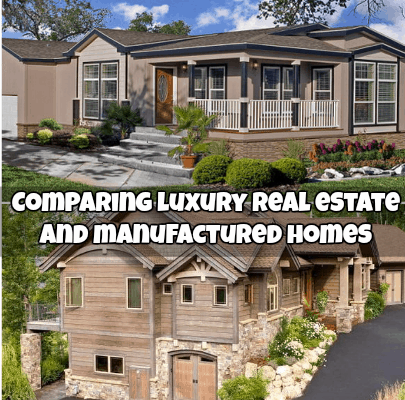
With housing costs on the rise – especially for renters – the idea of owning a conventional house seems unrealistic for millions.
While some people spend millions to live in a mansion, others throw that kind of money around on small vacation homes – including manufactured homes – in prime real estate locations.
The range of costs is a wide one. For example, per CNBC, a $2 million-dollar house can range from 3,000 – 15,000 square feet, depending on the market, property size, and amenities like in-ground pools, elevators, electric car outlets, and more.
They may also come with features that many would love and have, such as:
- hardwood floors,
- granite countertops,
- higher-end appliances,
- and built with energy efficiency in mind.
If you wanted a brand-new home, the average cost in 2014 was about $289,000.
In just the last few years that has increased significantly. According to the U.S. Census Bureau the current average selling price of a brand new single-family home in the U.S. so far in 2017 is $406,400.
That’s over $100,000 more than it was only 3 years ago. That amount would buy the typical multi-sectional manufactured home.
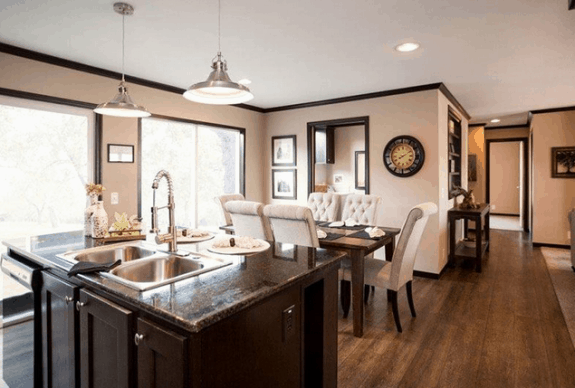
Promoting Modern Manufactured Housing as an Affordable Alternative
What is often missing from reports like CNBC’s is what’s obvious to industry professionals. What if there was a way to get all the amenities of a more expensive home – granite counter tops, hardwood floors, and an energy-efficient home – for less than a third of the cost of the average new home in America?
As Daily Business News readers and manufactured housing industry professionals already know, that’s entirely possible through HUD Code manufactured homes.
“The average sales price of a single sectional manufactured home as of Dec. 2016, according to the Census Bureau, was $49,900.”
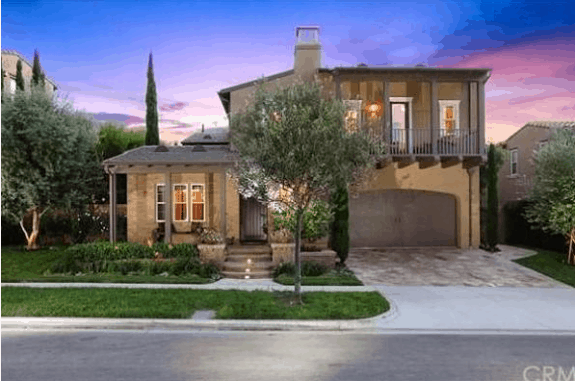
For the same price tag as those extravagant $2 million houses someone could have purchased 30-40 single-section manufactured homes at the price cited above from the U.S. Census Bureau.
Similarly, compared to the average price of a single-family home, you could buy 8 single-section manufactured homes, or about 5 multi-section manufactured homes. These facts are among the reasons that professionals like Credit Human’s Barry Noffsinger has been promoting the manufactured home industry outreach to the conventional residential home buyer.
Tragedies like the storm and waters of Harvey will bring out several thousands buyers. But what Noffsinger and other industry professionals promote is making manufactured housing a mainstream option.
As HUD Secretary Ben Carson has said in an interview with Fox News, home ownership is essential to success.

“It [homeownership] is the primary mechanism where by families accumulate wealth,” Carson said.
Carson has also said that the average of net-worth of families who own their homes is $200,000. In comparison, the average net-worth of those who rent is only $5,000.
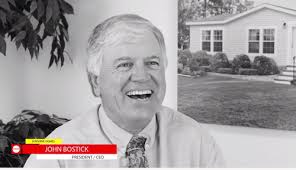
“We rival site building and a fraction of the cost,” said John Bostick, President of Sunshine Homes. “With the affordable housing crisis, the timing couldn’t be better for the nation to discover what factory built homes truly are today.”
So why aren’t more people buying manufactured homes if they are so affordable?
As industry veterans know, a lot of it has to do with the stigma surrounding factory built housing.
That is perpetuated by problematic media coverage and the continued use of the wrong terminology.

When people – including, sadly, a sizable number of industry professionals – call a manufactured home a ‘mobile home,’ they are de-valuing the appeal of a home through their words.

Mobile homes haven’t been in production in over 40 years now – and its been even longer since ‘trailer homes’ were built.
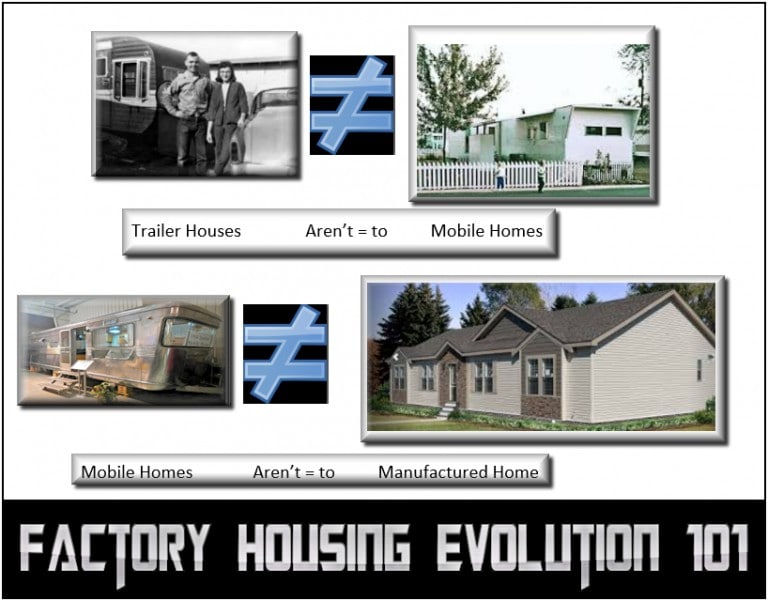
Since June 15th, 1976 all manufactured homes have been subject to HUD Code regulations that ensure they are safe and strong. In many cases they out perform traditional ‘stick-built’ homes in cases of severe weather.

“Here in America, by embracing the law as provided under the Manufactured Housing Improvement Act of 2000 (MHIA 2000), we could be providing the homes that realtors need to meet the demand for housing under $200,000.” Sunshine’s president said their rapid rise in sales is proof that the market is responding to the residential style manufactured home product.
“If more people knew the way, the standards and the quality of manufactured homes, a lot more people would buy,” said Karen McKibben, manufactured home owner from Paris, Tennessee. ## (News, Analysis.)
(Image credits are as shown above, and when provided by third parties, are shared under fair use guidelines.)

